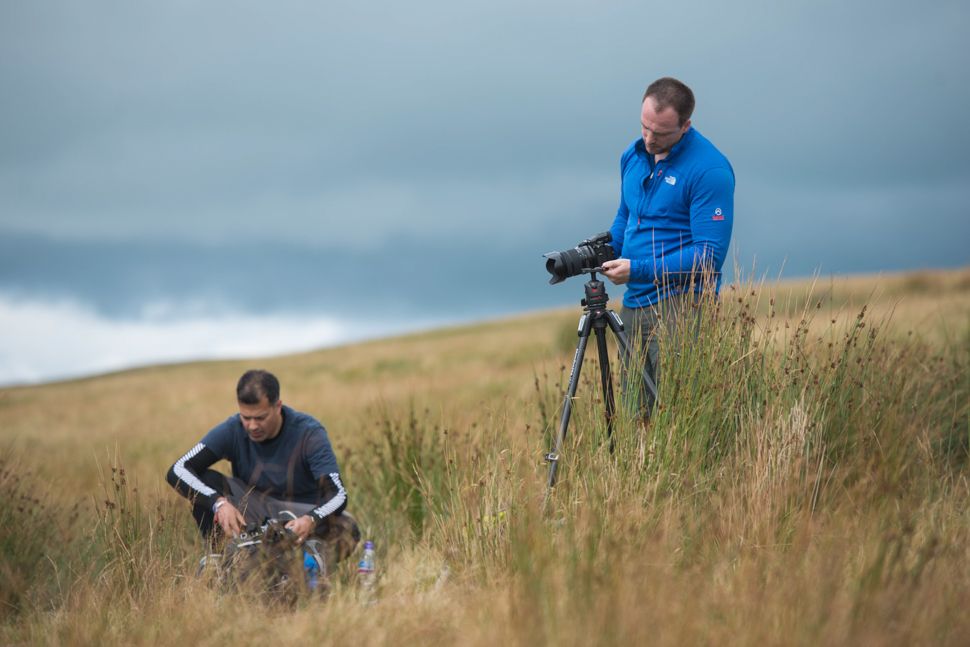
Missed the earlier parts of this feature? Catch up with part one and part two
The Fujifilm GFX 50S isn’t a camera that’s been designed with just commercial and portrait photography in mind.
Its comparatively light weight and weather-sealed magnesium alloy construction mean that this is a medium format camera designed to go anywhere.
Two customers of LCE’s Strand branch put that to the test during a day of landscape photography in the Brecon Beacons.
After a morning spent shooting waterfalls at Blaen-y-Glyn (see Part 2 of this feature), it was time for Sanj, Wes and the team to head for the hills and tackle the highest peak in south Wales, Pen y Fan.
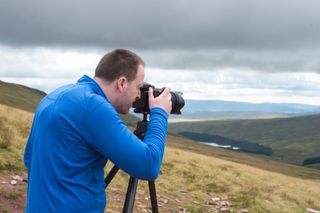
The hike to the top would really be a test for the camera’s portability. We didn’t make it all the way to the summit – although that had nothing to do with the weight of the Fujifilm gear! The flanks and ridges of the range were heaving with holidaymakers and we were keen to find a clear view. Stopping just short of the peak gave us plenty of tripod-standing room.

With GFX 50S cameras fixed firmly to tripods and ND grads on lenses to tame the bright cloud cover, Sanj and Wes made full use of the rear touchscreens to navigate settings.
Get the Digital Camera World Newsletter
The best camera deals, reviews, product advice, and unmissable photography news, direct to your inbox!
We didn’t have an opportunity to customise the camera buttons and menus – the GFX50S features ten customisable Fn buttons in total – but the touchscreen allowed for quick control via its smart, versatile interface.
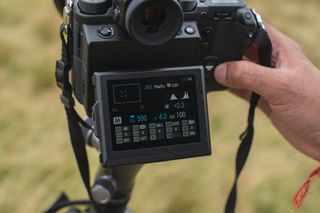
For instance, flicking up and down reveals the RGB histogram and Highlight Alert, while double tapping enlarges the Live View display.
As with Fujifilm’s premium compacts and CSCs, the GFX 50S offers a range of Film Simulations modes, which include the classic landscape emulsion Fujichrome Velvia – perfect for adding punch to greens and blues.
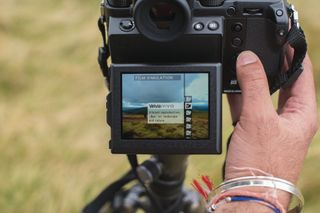
Shooting in the Raw+JPEG option gave the best of both worlds, enabling JPEG previews of the Film Simulation, white balance and other processing options, and a finished JPEG for sharing, together with a 14bit Raw file for processing later.
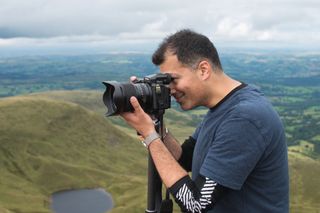
Sanj polished off a few sequential shots with the intention of stitching a panoramic view, which, thanks to the camera's 43.8x32.9mm 51.4MP CMOS sensor, would result in some suitably epic and detailed files. The GFX 50S also has a 3D electronic level, which helps to keep the horizon accurately positioned throughout a panoramic sequence.
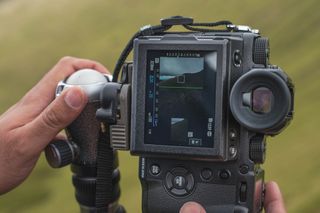
We’ll be bringing you a couple more updates from this Fujifilm GFX 50S landscape photography session, but you can see the results of Sanj and Wes’s day in the October issue of Digital Camera magazine, on sale in the UK this Friday, 15 September.
Read more: Fujifilm GFX 50S: Landscape Photography Shootout Part 1
Read more: Fujifilm GFX 50S: Landscape Photography Shootout Part 2
Digital Camera World is one of the leading authorities on camera and photography news, reviews, techniques, tutorials, comparisons, deals and industry analysis. The site doesn't just specialize in cameras, but all aspects of photography, videography and imaging – including camera phones, gimbals, lenses, lighting, editing software, filters, tripods, laptops, printers, photo books, desks, binoculars and more.
Whether you're using, looking to buy or trying to get the most out of a compact camera, action camera, camera drone, cinema camera, beginner camera or professional camera, Digital Camera World has a roster of experts with combined experience of over 100 years when it comes to cameras, photography and imaging.
